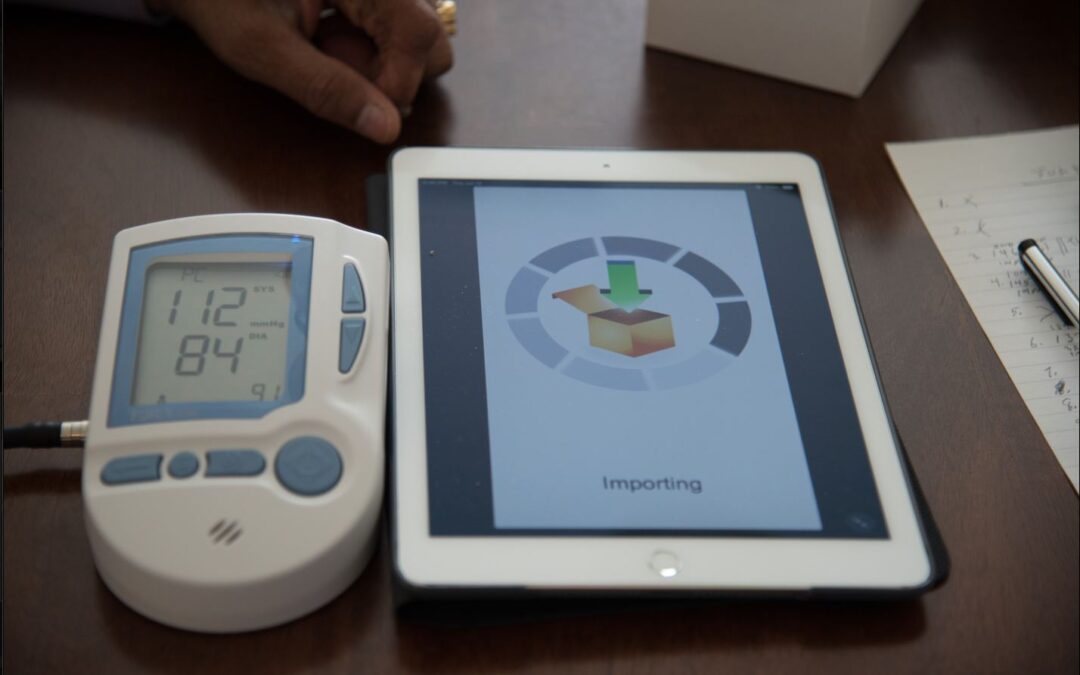Remote Patient Monitoring (RPM) is a rising trend in healthcare today. RPM is a subset of telemedicine that doctors are using to keep track of patient data without the need to meet in a clinical setting. This method employs digital technology to gather patient information from their home, work, school, or wherever they may be. RPM eases the burden on healthcare facilities while giving patients faster access to medical advice.
Patient Data Collection
There are various types of patient data that doctors must monitor which don’t always require a trip to the office. This can include everything from electrocardiograms to heart rate, blood pressure, blood sugar levels, blood oxygen, and weight management. For many patients, these vital signs must be checked regularly, and remote monitoring is the ultimate answer for facilitating the process.
RELATED ARTICLE: Looking for an Online Doctor in Toledo? Follow These Six Tips for Choosing
How It Works
The internet has made life easier in many ways, and healthcare is reaping its benefits. RPM uses software and hardware to gather patient information and transmit it directly to the doctor. Some monitoring devices, such as cardiac tools, are implanted in the patient, and some are less invasive. Oftentimes, a smartwatch or Fitbit is all that is necessary to track vital statistics like pulse, heart rate, and blood pressure.
Benefits of RPM
Managing chronic patient health conditions is one of the biggest areas in which RPM is helping ease the load on the healthcare system. Immediate care is available, as patients no longer need to wait to get an appointment with their physician. Many disabled and elderly patients are now able to live at home, whereas in the past they would have needed to move into an assisted care facility.
As a result of RPM, the medical profession is also seeing shorter hospital stays, as well as fewer hospitalizations and re-admissions. Best of all, the speed at which doctors can provide care via RPM is saving lives.
RELATED ARTICLE: The Value in a House Call Doctor – Check Out These Five Benefits of Home Health Care
Many patients who aren’t suffering from chronic health problems can also benefit from RPM. Doctors are able to monitor patients from home after they have had surgeries and answer patients’ questions. Other applications outside of post-procedure care include non-chronic cardiological treatment and oncology.
The Future of Patient Care
As the field of telemedicine grows, so do the possibilities for RPM. The types of applications for patients to transmit information to medical professionals is increasing every day.
Tech companies are also developing new, more advanced devices that are sure to bolster the possibilities of remote monitoring in the coming years. This method of treatment will allow more people to get the immediate care they need from home and allow doctors to efficiently reach more patients than they could in traditional healthcare settings.
Your Health Starts Here
Want to learn more? See if concierge medicine is for you. Visit conciergeconnectedcare.net/book-appointment to book your FREE consultation.

